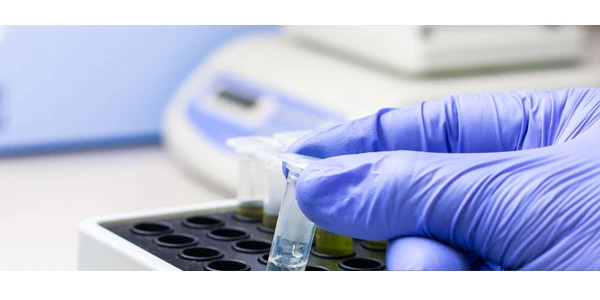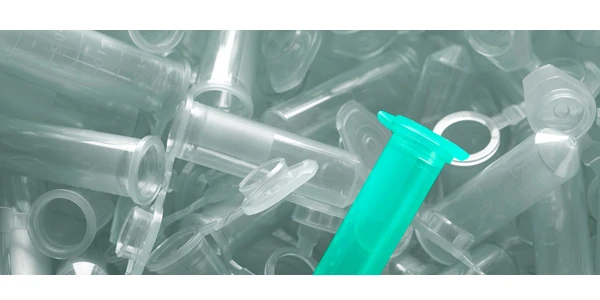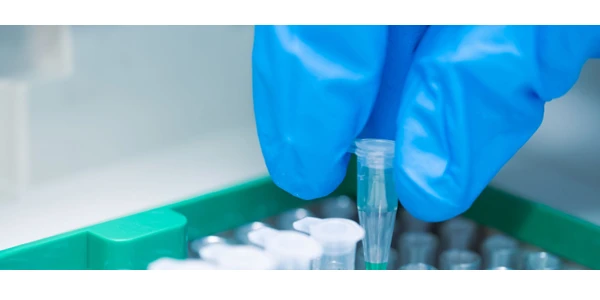The 2021 Hemp Harvest: Stories from the Field
The hemp harvest this year comes at a time where both advancements and challenges continue to mark the landscape.
It’s becoming clearer by the day that hemp-based products will significantly impact a variety of markets and industrial applications. As with most nascent industries, the proliferation of hemp is tied to the enactment of comprehensive guidelines, intended to promote fair and safe practices for all stakeholders in the industry. Although refinement of regulatory processes takes time, several significant achievements in 2021 are helping to clear the way toward new found territory for hemp-based technologies. Here we explore a few recent stories from the field.
Updates on the US Domestic Hemp Production
On March 8, 2021, the USDA announced completion of the review of the Final Rule for the US domestic hemp program. Following the 2018 Farm Bill, which officially made hemp cultivation legal at the federal level, an Interim Final Rule was created to collect feedback from those in the production, processing, and testing arms of the industry. The newly established Final Rule incorporates this feedback, and is intended to provide comprehensive guidance for hemp THC testing criteria, product tracking, licensing information, and other essential details. Here are some highlights:
- The sample harvest window is increased from 15 to 30 days, providing more time for testing crops prior to harvesting and processing. This can potentially save resources by allowing differentiation of legal crops from illegal or “hot” hemp (> 0.3% THC), thereby streamlining the processing chain.
- Allowing “hot” crops to be remediated rather than destroyed, using THC removal and other methods, again saving resources.
- Providing for performance-based sampling to avoid needing to test every crop lot. Producers can submit a plan for sampling individual parts, rather than the entire plant, using instrument method-specific parameters.
- Allowing university researchers to apply for licensure and not be restricted to the same regulations as commercial growers. This fares well for the state of hemp research – like cannabis in general, an area that is greatly needed and currently underserved.
There are other updates and some regulatory details have remained the same from the earlier Interim Final Rule. More information can befound here.
Hemp-based phytoremediation of polluted lands
The evolving federal regulatory climate will only help to fuel the use of hemp in applications such as bioremediation, hemp-based materials, and other environmentally healthy areas. Here are a few highlights in this regard:
- The well-known phytoremediation qualities of hemp are being put to use in polluted and contaminated sites around the world. For instance, hemp has been tested in Chernobyl for remediation of radioisotopes and toxic metals remaining in the environment from the well-documented nuclear disaster.
- Hemp is being used throughout Europe in areas like the former Ilva steel plant, where toxic emissions have affected soil, plants, animals, and human inhabitants for decades. Since 2012, with the help of a large team of farmers, over 1 million hemp plants have been cultivated to remediate the groundwater and soil. As added bonus, researchers have found that this mature hemp may have downstream uses and be converted to fiber for industrial purposes.
- Other highly polluted sites, such as the Fukushima nuclear disaster and others, may benefit from the amazing remediation qualities of hemp. Still yet to come, but promising nonetheless.
Research on hemp fiber Insulation as an eco-friendly alternative
Hemp-based research is uncovering interesting applications in the materials and construction industries as well. For example:
- Federally funded research is exploring the use of hemp fiber as ecologically friendly insulation. Along the trend of sustainable solutions, hemp fiber can be processed into non-toxic material with superior stability and thermal resistance. The production of this material follows a low carbon process, making it ideal from performance and sustainability perspectives.
- In the broader view, the US is funding initiatives for hemp-based construction materials for sustainable housing and businesses. Environmentally-friendly industrial hemp blocks can be carbon-neutral, durable, and lightweight alternatives to regular construction bricks.
- Hemp-based materials are being put to use in affordable housing projects. An interesting project being undertaken in Hayden, Colorado calls for of 600 acres of farm land be converted to hemp crops. These same crops will then be used to create materials in the construction of hemp homes on part of the site. It acknowledged that hemp can be utilized in the foundations, flooring, walls, and roof of these homes, among other features, with the added protection of mold and mildew resistance.
Sustainable materials and building supplies will be a huge growth area into the future, as regulations for hemp production are refined and research funding expands.
Rejection of CBD as an FDA-approved dietary supplement
There have been setbacks in 2021 as well. The FDA has failed to accept CBD as a dietary supplement, deeming it neither safe nor legal as an ingredient in consumable products. A few details of this announcement include:
- The FDA holds it previous position, that CBD shall not be classified as a dietary supplement, initially formed in the days before the 2018 Farm Bill which legalized hemp production. The position is predicated on the fact that CBD has received prior approval by the FDA as a therapeutic — Epidiolex is approved and marketed to treat Lennox-Gastaut syndrome and Dravet syndrome patients. This designation prohibits its assignment as a supplement. The FDA also states that CBD manufacturers investigated thus far failed to prove that CBD-containing products are deemed safe for consumption.
- The Council for Responsible Nutrition (CRN) and other interested groups will likely continue to pressure the FDA in this decision. Without FDA-approval, or at least a pathway towards legalized consumables, the CBD edibles industry will have to fly under the proverbial radar for now at least.
Hurricane Ida further stings cannabis businesses already wrestling with supply-chain issues
The appearance of IDA this hurricane season placed some farms in turmoil, above those already stricken by wildfires and other climate events. These compounded issues that have arisen in the wake of the covid pandemic. Supply chain deficiencies may soon regain strength but for some, the damage from this wave of destruction has been done.
Despite the short-term challenges, there is much to look forward to as the 2021 heads down the stretch.
The USDA has launched a survey for hemp farmers to help shape policy and the industry as a whole
Giving hemp farmers the podium to report experiences in the field may bring better practices to the forefront. A national survey will be extended to over 20,000 hemp farmers, and will include questions related to the following:
- What are the immediate and long-term plans for hemp production?
- What type of acreage is involved and what types of primary and secondary uses are planned for the crops: CBD extracts, hemp oil and seeds for consumption, or fiber for downstream materials?
From the USDA perspective, the survey will “set the benchmark for hemp acreage and production to assist regulatory agencies, producers, state governments, processors, and other key entities”.
Expanded research is helping to drive interest and long-term investment in hemp
New federal and private research support is extending beyond the lab to include field-based studies of hemp. Collaborative initiatives such as those performed at the Penn State Landisville Research Farm are aimed at identifying the most stable and high-quality production plant varieties. Some highlights of this work include:
- The Multistate Variety Trial is a multi-state partnership of land-grant universities around the country.
- Determining which varieties are best for regional farming, based on climate, irrigation, and other factors, and specific downstream uses, are key driving factors.
- Growing and harvesting hemp for fiber involves different methods than for seeds, oils, and extracts, for example.
- Collaborations such as this bring together the thoughts and best practices of a diverse crowd of cultivators, each with the unique outlook and experiences in the field.
The hemp industry will continue to tackle challenges while embracing positive developments as they take shape. These are exciting times, as the stories from the field can certainly attest.
Be sure to visit the Cannabis Laboratory Application Page for further resources and product information.










